Archives
Categories
Subjects
America the Beautiful Art Arts Boston arts calendar Babson College Banff Bay State Banner Boston University Brandt Gallery C.B. Fisk Inc carillon Chamber Music Commencement composers conference Concert Series Distinguished Writers Series Edinborough International Book Festival El Anatsui fall 2011 Fisk Organ galen tower Global Flora Hartford Symphony Orchestra Historic performance Holidays Isabella Kirkland James David Christie Jess Wheelock Katharine Lee Bates Lydia Davis Music Before 1800 Newhouse Center for the Humanities new music Outdoor concerts Owen Jander Summertime Theatre the Davis Waldo Wellesley alumnae Wellesley College Choir Wellesley Patch Wellesley traditions Yellow Barn Yu-Hui ChangBlogroll
Robert Frost on Campus
posted in Uncategorized
1 Comment
Schumann on a Rainy Day
It’s a rainy Wednesday afternoon here on Wellesley and your delinquent ARTsee blogger is enjoying the sounds of the “Classical Music for a Rainy Day” playlist as she works. There’s something about a symphonic sound or a lyrical sonata that makes the grey drizzle bearable, pleasant even, for the average rain-despiser. Personally, I’m fond of the rain, as it reminds me of England and cozy afternoons with a Dorothy L. Sayers mystery on the couch, so the addition of classical music makes the rain almost divine.
Next week, rain or shine, Wellesley will be hosting “Songs of Schubert and Schumann” at 12.30pm in the Jewett Arts Auditorium. The fantastic faculty-led concert promises to feature old favorites as well as new discoveries, for those of us who tend to confuse Schubert and Schumann but are too embarrassed to say so.
Until then, here’s some music to fill your afternoon: a bit of Schubert (Impromptu in G minor), a bit of Schumann (Horowitz doing Kinderszenen) and a bit of rainy day Chopin (Opus 28, No. 15: Raindrops), just because.
posted in Concert Series, Fall 2013
Leave a comment
Pushkin: In Song and In Our Hearts
I loved you; and perhaps I love you still,
The flame, perhaps, is not extinguished; yet
It burns so quietly within my soul,
No longer should you feel distressed by it.
Silently and hopelessly I loved you,
At times too jealous and at times too shy.
God grant you find another who will love you
As tenderly and truthfully as I.
– Aleksander Pushkin, “I Loved You,” trans. Babette Deutsch
At 8pm this Saturday, Wellesley celebrates the magic of Pushkin’s words in a concert entitled “The Poet’s Echo: Pushkin in Song.”
I’m embarrassed to say I haven’t read much of Pushkin and a cursory reading of his most popular poems deepens my embarrassment. He’s that good.
In “A Conversation of a Bookseller with a Poet,” he writes,
What’s fame? The reader’s feeble voice? Unletter’d scoundrels’ prosecution? Or the delighted blockheads’ noise?
Elsewhere, with no little dose of humor in “The Chronicle of the Versemaker,”
He hears with his ear, used to do it,
A whistle;
He marks, by expiration lurid,
The scripts;
Then reads to people, very busy,
His soap;
Then prints – and into waves of Lethe –
Plop!
There is a reason he is termed Russia’s greatest poet; and, in those wise enough to read him extensively, he evokes a fierce desire to celebrate his life (as The New Yorker so curiously reports).
Join Wellesley’s own musicians in celebrating that life with the music of the world’s greatest composers. And if you want a preview, here’s a snippet.
posted in Concert Series, Fall 2013, Uncategorized
Leave a comment
Conversing with Artists in the Afternoon
One of the most incredible parts of the Wellesley experience is the intimacy to greatness the campus affords its community. That might sound a tad grandiose (okay, maybe a lot grandiose) but the kind of guests we receive — and conversations everyone from students to faculty and staff have with them — permit me to add a little grandiosity to a Monday afternoon blog post.
As an arts lover, I pay particular attention to the artists Wellesley invites to join us each semester. Karen Russell, Maud Casey and Rafael Moneo are artists doing great work in different styles and different formats, and they are all coming to us this week.
Today at 4.30pm, Maud Casey and Karen Russell begin a conversation about their work (The Man who Walked Away and Swamplandia! are two recent novels, respectively) as part of the Newhouse Distinguished Writers Series. Casey and Russell are two writers who generate excitement about their work from readers and critics alike; they’ll be offering and answering questions from each other and those in the room.
And then Rafael Moneo arrives at the Davis Wednesday afternoon. While those outside of the architectural universe might not be familiar with Moneo’s name, he is rather a big deal. The New York Times has praised his buildings as “physically elegant and charged with experiential surprise, often in the plan or through internal manipulations of natural light.” Arriving at the Davis carries special significance for the architect, and his Wednesday audience, because the Davis is Moneo’s creation, a jewel in his portfolio. It is in some ways a homecoming, and as such, a very special experience for all who are able to make it to his talk at 12.30. What inspired the Davis? What were his concerns in the design? What is it like to return after twenty years?
Grandiosity: an indulgence of excess, a profusion of over-the-top rhetoric. Yet what characterizes the Wellesley artistic visit is not largeness, neither big screens nor big distances between speaker and audience. Instead, the college creates afternoons where artists — and scientists, philosophers, intellectuals — sit down for a cup of tea and an intimate conversation about what it means to make art in the twenty-first century, how art changes us and how we change art and, sometimes, what justifies a hint of grandiosity.
Welcoming Mieke Bal to Campus
Like a train bursting out of a sleepy station, we’re out of the summer quiet and into the autumnal hum when one’s Wellesley calendar becomes a perpetual decision of trying to squeeze in as many events as one can try without a time-turner à la Hermione Granger in Prizoner of Azkaban. Concerts! Lectures! Discussions! Exhibitions! Screenings!
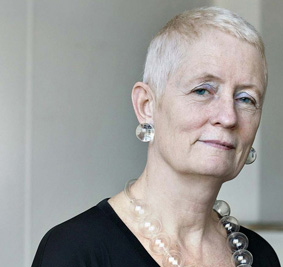 This week, we’re honored by a visit from international cultural theorist, critic and artist Mieke Bal, who is also a professor at the Royal Netherlands Academy of Arts and Sciences.
This week, we’re honored by a visit from international cultural theorist, critic and artist Mieke Bal, who is also a professor at the Royal Netherlands Academy of Arts and Sciences.
For starters, Mieka has an incredible name. For next, she’s an incredibly accomplished, visionary person in the world of art and it’s fantastic to have her on campus.
She’s speaking at the Newhouse Center for the Humanities; offering a sneak preview of her film Madame B., an experimental interpretation of Flaubert’s classic novel of suburban discontent; commenting on Finnish artist Eija-Liisa Ahtila’s Olentoja (Creatures) installation at the Davis Museum; and interacting with members of the Wellesley Community.
I loved the opportunity to meet those on the cutting edge as a student and now as a staff member. Wellesley’s close-knit environment meant that musicians and writers, scientists and philosophers engage with audiences while they’re here. That’s the kind of place Wellesley is, an everyon’es-invited conversation, an intellectual potluck. It’s where you want to be.
And now, because it is Monday and I mentioned trains, here’s a look at everyone’s favorite train from when VCRs roamed the earth.
Ysaye Barnwell Comes to Wellesley
On Wednesday, September 25th at 7pm, Ysaye Barnwell comes to Wellesley as part of the ongoing Art & Soul series for an event entitled “Building a Vocal Community.”
I first learned about Sweet Honey in the Rock, the pioneering a cappella group Barnwell co-founded, from a Wellesley Choir friend who was awestruck by the opportunity to see the group perform at a Harvard choral festival last year. My friend’s now making music in Northern Ireland, but those of us on campus have the opportunity to see Ysaye Barnwell, listen and make music ourselves.
Here’s a taste of the Sweet Honey in the Rock experience.
Sweet Honey in the Rock: Stranger Blues
posted in Art and Soul, Fall 2013
Leave a comment
The Art of John Ashbery at the Davis
That is the tune but there are no words.
The words are only speculation
(From the Latin speculum, mirror):
They seek and cannot find the meaning of the music.
– John Ashbery, Self-Portrait in a Convex Mirror
You know what’s better than poetry? Very little, but poetry intermingled with art just might do it. Following on the success of Glass heart (bells for Sylvia Plath), this fall the Davis unveils Self-Portrait in a Convex Mirror (1984), a portfolio of artistic interpretations of the Ashbery poem.
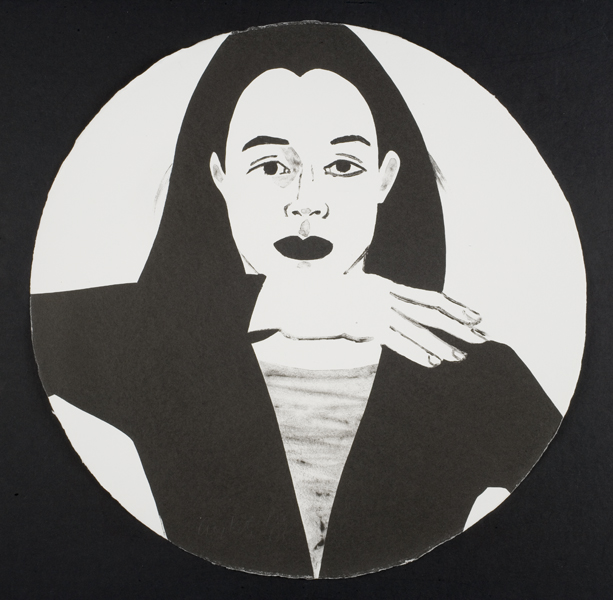
Alex Katz, Untitled from the portfolio Self-Portrait in a Convex Mirror, 1984. Lithograph. The Nancy Gray Sherrill, Class of 1954, Collection, 2009.51.1-.41
Here’s what the Davis says:
Self-Portrait in a Convex Mirror, a portfolio featuring the eponymous poem by John Ashbery, layers allusion and inspiration in a cycle that parallels its circular format. Ashbery wrote his Pulitzer Prize-winning 1973 poem in response to Francesco Parmigianino’s 1523-24 painting of the same name, a virtuoso self-portrait made bizarre by its perfect depiction of a morphed reality. In this 1984 portfolio published by the Arion Press, the poem has been letterpress-printed on sheets of circular, handmade paper, the lines radiating from the center like the spokes of a wheel. Interspersed between the pages of text are eight images, by artists such as Richard Avedon, Jim Dine, Elaine de Kooning, and Willem de Kooning, which Ashbery describes as: “taking the poem away from itself and amplifying it in ways I had never anticipated.” Weaving the visual through the lingual in intimate ways, this project illuminates the self, highlighting the vagaries of its individual moments of existence.
Self Portrait is curated by Elaine Mehalakes, Kemper Curator of Academic Programs, this exhibition is made possible through generous support from the Marjorie Schechter Bronfman ’38 and Gerald Bronfman Endowment for Works on Paper.
posted in Davis Museum, Fall 2013
3 Comments
Make That Magical Music: Concert Series Announced for Fall
After the Newhouse Center released their list of upcoming fall events, I got curious about the Concert Series. Voila! The magical music begins to play in September.
Being a once-and-always Medieval and Renaissance Studies Major, my ears perked up at the sounds of Musicians from Aston Magna performing early modern music. The group of four will delight the college with music from Monteverdi to Bach on September 26. Get that on your calendars now… seriously… now.
And while you have your calendar out, why not circle the following night? Friday, September 27th, is the Welcome Concert featuring Jazz-World Music by Wellesley’s own performers, including student groups like Yanvalou. The event is part of Family & Friends Weekend.
Later on in the semester, we have Charles Fisk performing Schubert and Schumann, a new opera, Odissi music, and more.
Most music classes at Wellesley require you to attend several on- (and off-) campus concerts, just as writing professors ask students to attend readings and lectures. I was always secretly grateful for this requirement: an opportunity to say, no matter how busy my schedule was, “I’m going to this.” I would go, and, regardless of genre, the music gladdened my heart and lightened my step and did all those cheesy, beautiful, transcendent things music does to a soul.
So I’m putting the Musicians from Aston Magna on my calendar and hope to bring my tattered copy of Donne’s poems to the concert next month.
posted in Uncategorized
Leave a comment
T.S. Eliot in Summertime
Part of ARTsee’s recurring features includes “musings on the art-inflected life.” With the Composers’ Conference concluded and the burst of first-years expected in Orientation (just a few short weeks away!), the weather unexpectedly balmy and quiet, it seems like the right time to muse.
Poetry has been intertwined with Wellesley’s intellectual life since the college’s beginning. In the histories of Wellesley, I’ve read that Henry Fowle Durant invited Longfellow to read on campus; Matthew Arnold, the great Victorian poet and critic, apparently once lectured to Annie Jump Cannon’s class. More recently, poet laureate Robert Pinsky taught in the English department for several years and the award-winning Frank Bidart teaches each semester.
It was in a seminar with Bidart that I first read T.S. Eliot’s Four Quartets. Before I read the Quartets, I associated Eliot with the Wasteland — the first World War, disambiguation, breakdown. I wasn’t prepared for the dazzling, redemptive synthesis — the consideration of life and time and what it means to be shaped by those intertwining forces. The poems engage me in a reading experience that is part out-of-body, part vertigo, part Doctor Who in its finest abstract style.
Knowing these poems doesn’t make a difference in which shoes I wear in the morning, or which route I take to campus. But they do transform — bit by bit, line by line, moment by moment — the way I experience time, and appreciate its passing, even as time passes quietly and slowly during this intermezzo between semesters.
Time present and time past
Are both perhaps present in time future,
And time future contained in time past.
If all time is eternally present
All time is unredeemable.
What might have been is an abstraction
Remaining a perpetual possibility
Only in a world of speculation.
What might have been and what has been
Point to one end, which is always present.
Footfalls echo in the memory
Down the passage which we did not take
Towards the door we never opened
Into the rose-garden. My words echo
Thus, in your mind.
– T.S. Eliot, Burnt Norton
posted in Uncategorized
Leave a comment
Creative Genius on Campus: Newhouse Center Unveils Fall Line-Up
Fall is coming.
Those words might not carry the same ominous significance as the words of House Stark in Game of Thrones. In fact, “Fall is coming” means just the opposite: the liveliness of a campus repopulated with students, excitement over the upcoming years’ festivities, the beauty of auburn leaves around the lake.
How do I know fall is coming? July evolves into August this week, August means Orientation and new students, and new students mean everyone else is right behind them. Plus, the Newhouse Center for the Humanities has announced their fall line-up of events.
The dazzling schedule roams the cultural landscape from performance art to former Poet laureates, inviting creative geniuses (really!) from all parts of the globe as well as the U.S.
I’m particularly interested in Maud Casey and Karen Russell’s conversation on October 7th. Both women produce innovative work that has been recognized by major cultural institutions; who hasn’t heard of Swamplandia!? Granted, I haven’t actually read it yet but I’ll make sure to check it out before October.
The other big news for me was that Ang Lee is coming to Wellesley (commence office dance party!) The Academy Award-winning director will be speaking in Alumnae Auditorium on October 26th.
Though he’s known for making jaw-dropping films like Life of Pi and Brokeback Mountain recently, Ang Lee has a special place in my heart because of Sense and Sensibility (1995) with Emma Thompson, Alan Rickman, Hugh Grant and a young Kate Winslet. Back in the days of VHS, our family copy of S&S was weathered from regular — read: monthly/weekly — use. You might say that Ang Lee’s vision has been recorded into my subconscious (for those younger folk who don’t remember VHS: that would count as a joke).
S&S remains my favorite cinematic adaptation of Austen (the A&E miniseries belongs to a separate, hallowed category).
So I say, come, fall, come!
posted in Fall 2013, Newhouse Center for the Humanities
1 Comment



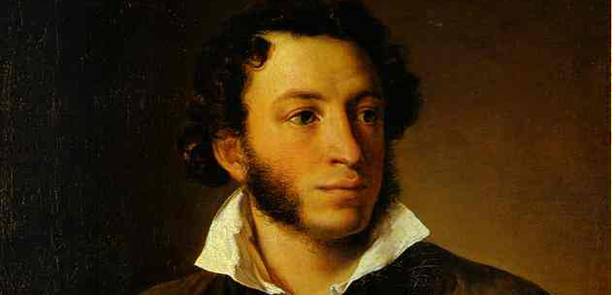


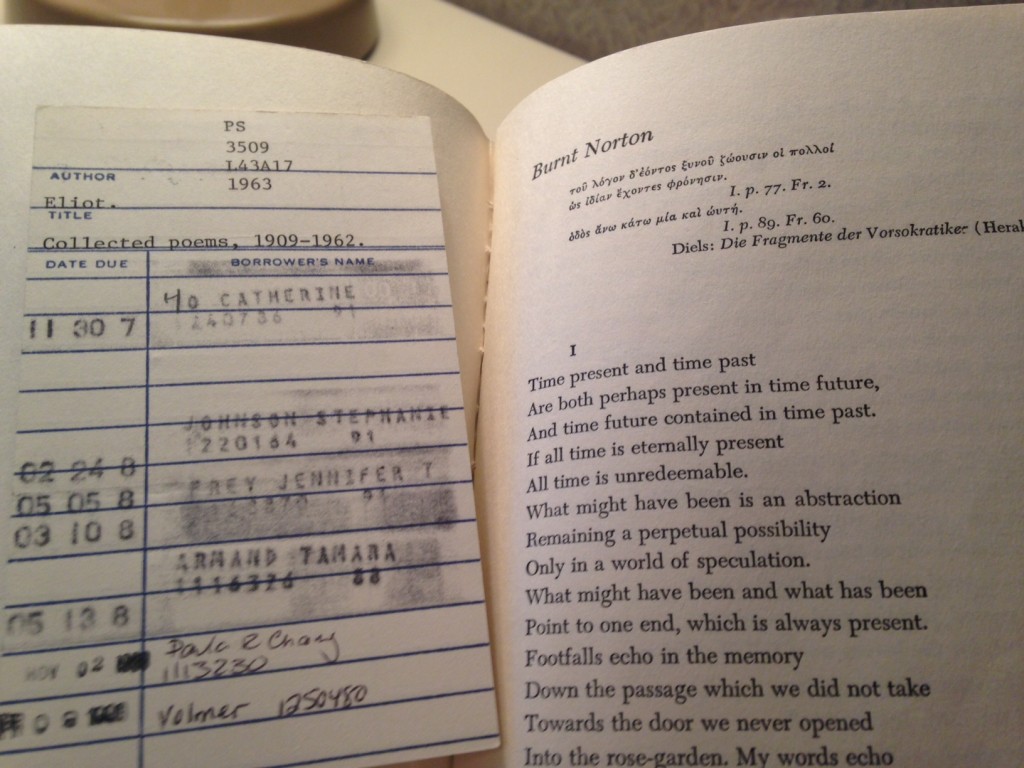
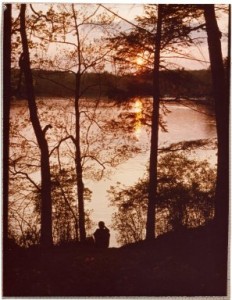
 '
'